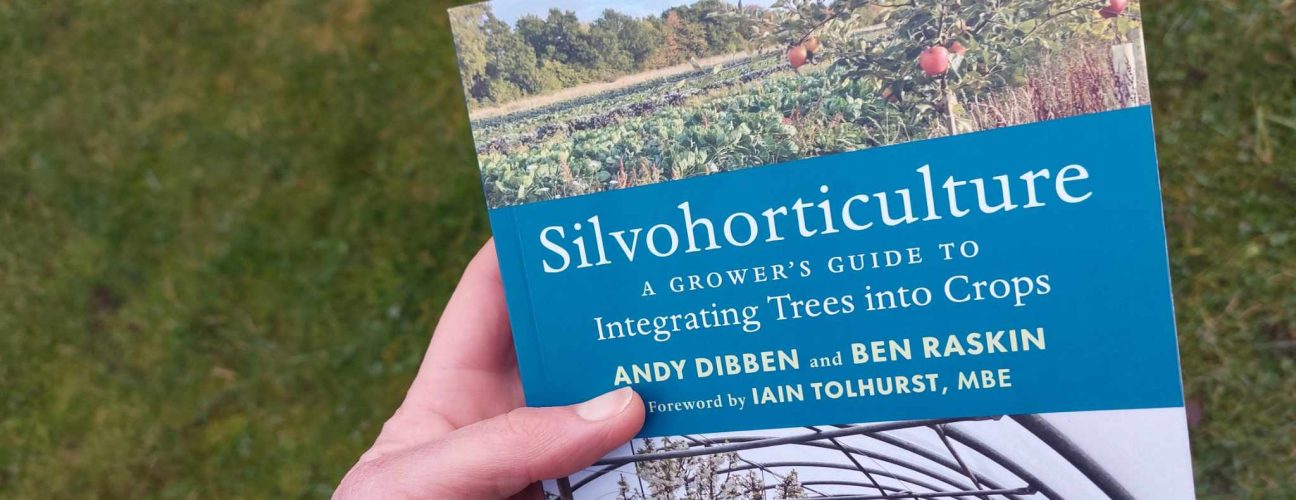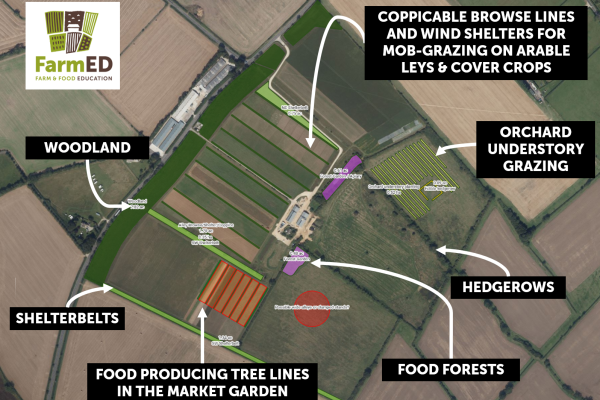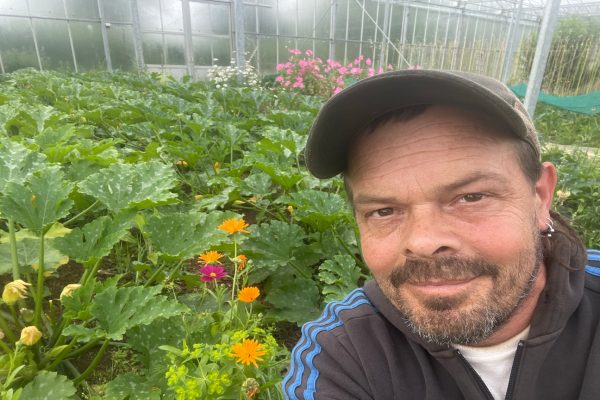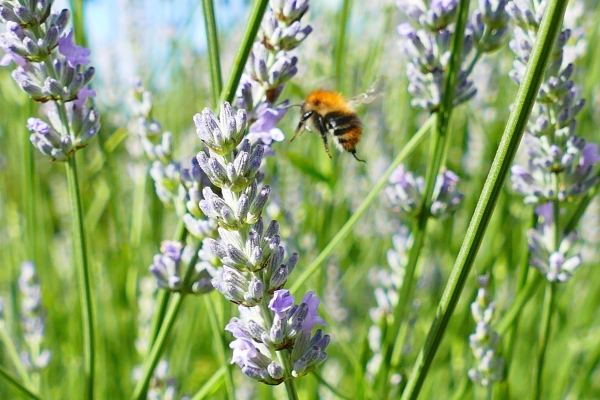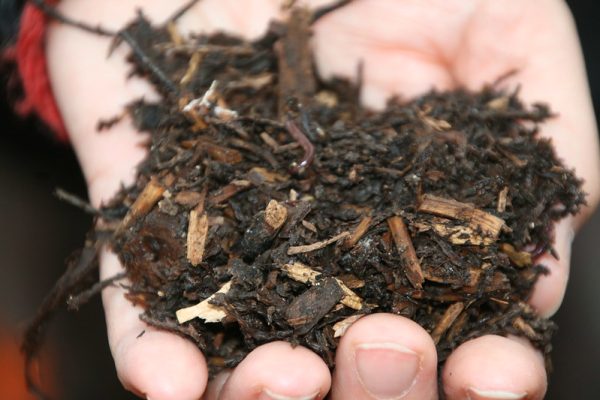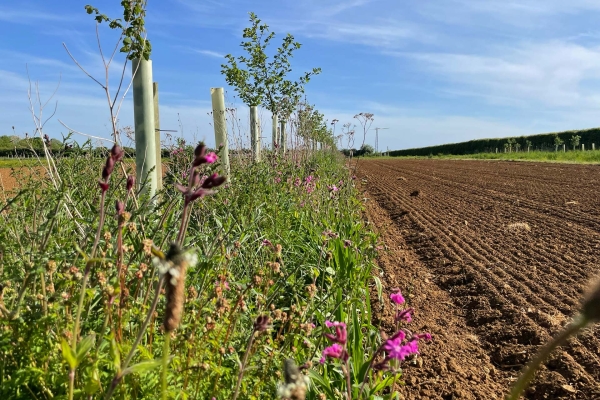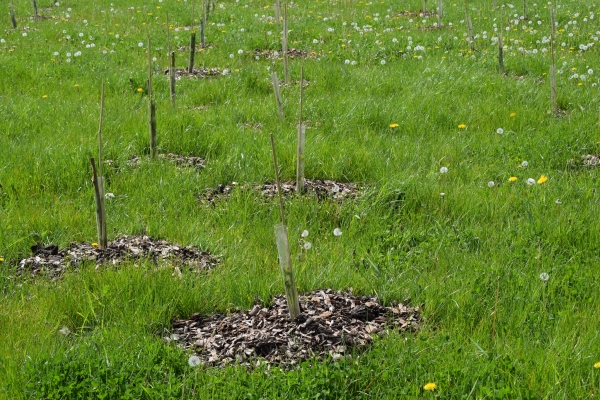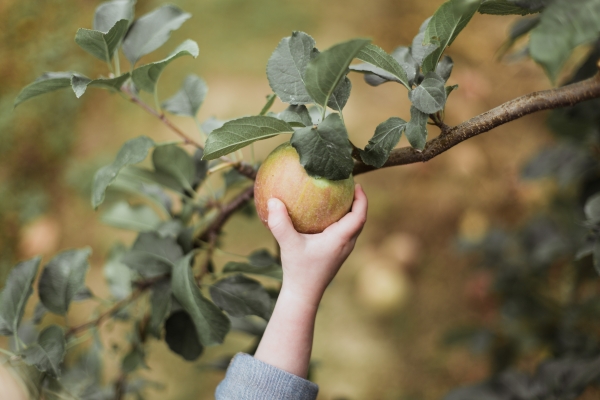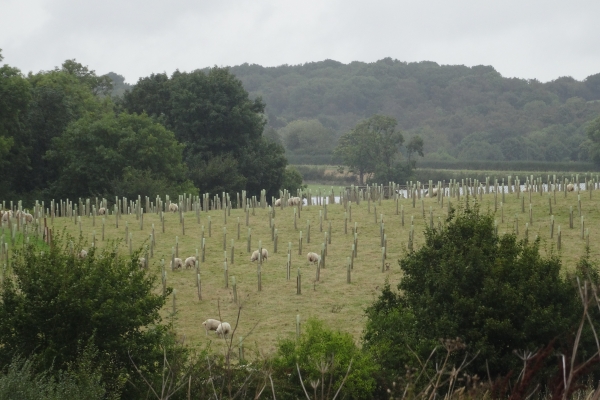‘Silvohorticulture: A Grower’s Guide to Integrating Trees into Crops’ – A Review
Experience of working on various projects, including of course Agricology, and the Horizon Europe-funded ReForest project (which is running an agroforestry living lab in the north of England), and having the privilege of contact with many inspiring farmers and growers, has reinforced that while there is lots of information to be found if you look in the right places or speak to the right people, there is a need to pool it together and make it more accessible. This is what this book by Andy Dibben and Ben Raskin does so brilliantly. It gets to the roots (pardon the pun) of the many practical issues that I have come to realise are not always things people know about – such as the various ways of planting a tree or pruning to achieve your objectives. It communicates a lot of complexity simply and clearly, drawing together the many different strands in a way that is accessible for people who may be coming to it from very different starting points. The book is clearly a labour of love for Ben and Andy who have years of experience as growers and are well recognised (in the organic world and beyond) for their passion and commitment to growing vegetables and trees.
There is a growing appetite in the farming community for more knowledge on how to integrate trees into livestock and crop systems, spurred on by a recognised urgent need to increase resilience and diversity on farms due to the impacts of extreme weather events and unpredictability in changes in climate, combined with some modern farming and land management methods. Much of the book is framed around this recognition. It is mentioned in the introduction that the authors have come to see silvohorticulture as being the only way to produce consistent crop yields (the emphasis being on maintaining rather than increasing yields) – surely the holy grail for any commercial vegetable grower! One of the main motivations cited to writing the book is the lack of examples of UK farm systems that focus on intercropping vegetables and trees, which both authors found to be a big challenge when it came to designing their own systems. They have written a book that discusses concepts that can be applied at small or large scale with the same principles applying, and practical pointers that can be applied to every unique growing situation.
The first chapter frames the whole book; focusing on the principles and benefits of silvohorticulture relating to light, water, wind, soil, and biodiversity. Trees can bring many benefits to vegetable production but need to be managed so that they offer solutions rather than cause problems. The emphasis is therefore very firmly put on planning and designing a good system – and the subsequent chapters provide an invaluable tool for helping you to do just that. They take you through assessing your site and soil, how trees interact with crops and each other, identifying your objectives and limiting factors, the role trees can play in natural pest management and increasing biodiversity on the farm, getting value from your trees, designing the layout (with a very useful step-by-step guide to the design process), tree planting establishment and management, and a wonderful detailed ‘Tree Directory.’
It is emphasised that careful planning, designing and calculations are key; from potential competition for light and counteracting effects of wind, to ease of site access, harvesting requirements for both trees and vegetable crops, and routes to markets… It is a balance that requires managing to avoid negatives such as trees outcompeting vegetables for nutrients and water, and create positives such as the opportunity to produce or reduce inputs on site. Commonly recognised and less commonly recognised benefits are explored such as the potential of trees to offer an alternative source of nitrogen for farmers.
Creating microclimates and increasing soil health could enable horticulture crops to grow better, quicker and for longer. A shift in weather patterns may also open new cropping doors. The book includes guidelines to help you navigate sourcing trees and addresses some common questions such as how to avoid weed spread in alley cropping systems. All of this is packaged together with some useful farm cases studies and illustrations. Trees offer an opportunity to increase the variety of food grown in the same field or garden while bringing other benefits to your crops and being a potential long-term insurance policy for your farm business. It is exciting to have a book that can be used as a tool to help action this.

‘Silvohorticulture: A grower’s guide to integrating trees into crops’ is published by Chelsea Green on 16th January 2025. https://chelseagreen.co.uk/book/silvohorticulture
